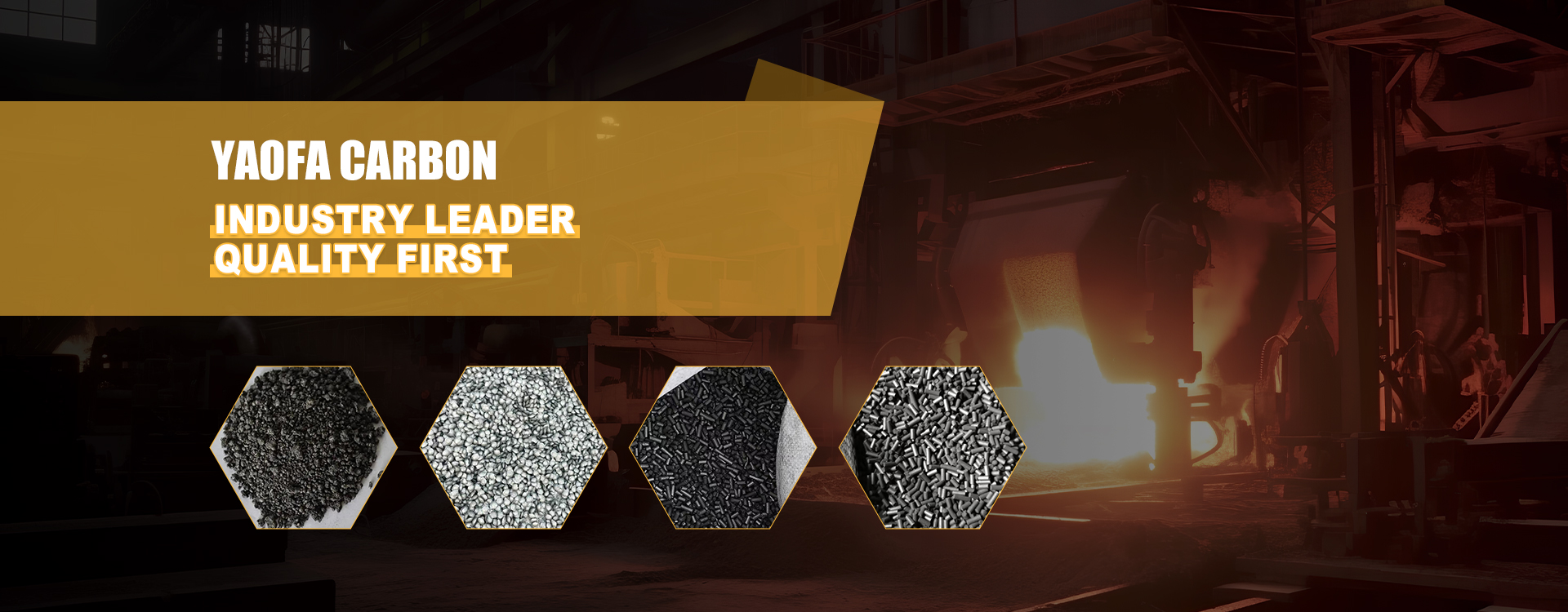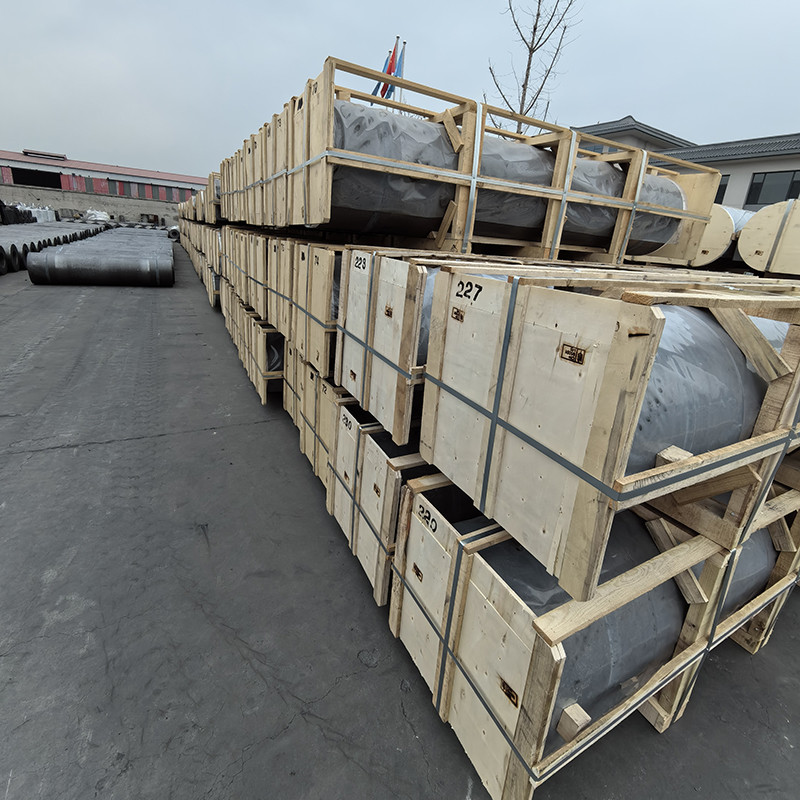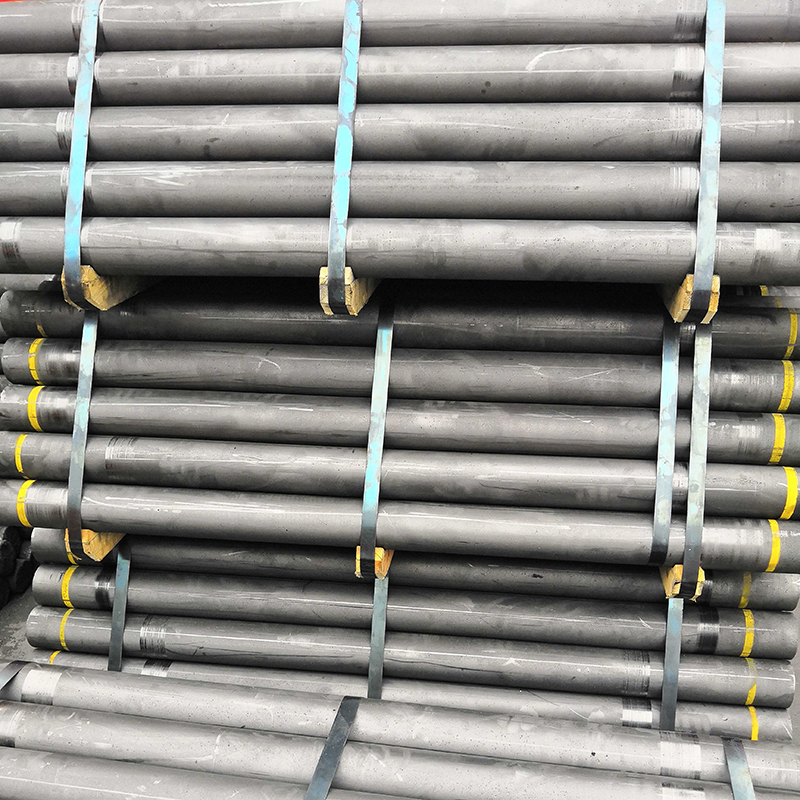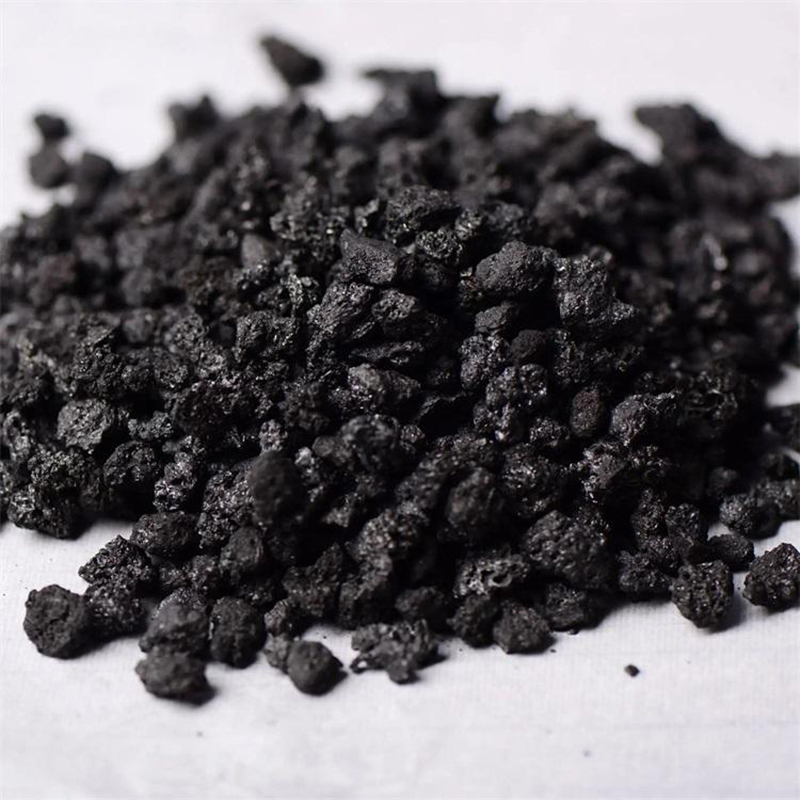- English
- Chinese
- French
- German
- Portuguese
- Spanish
- Russian
- Japanese
- Korean
- Arabic
- Irish
- Greek
- Turkish
- Italian
- Danish
- Romanian
- Indonesian
- Czech
- Afrikaans
- Swedish
- Polish
- Basque
- Catalan
- Esperanto
- Hindi
- Lao
- Albanian
- Amharic
- Armenian
- Azerbaijani
- Belarusian
- Bengali
- Bosnian
- Bulgarian
- Cebuano
- Corsican
- Croatian
- Dutch
- Estonian
- Filipino
- Finnish
- Frisian
- Galician
- Georgian
- Gujarati
- Haitian
- Hausa
- Hawaiian
- Hebrew
- Hmong
- Hungarian
- Icelandic
- Igbo
- Javanese
- Kannada
- Kazakh
- Khmer
- Kurdish
- Kyrgyz
- Latin
- Latvian
- Lithuanian
- Luxembou..
- Macedonian
- Malagasy
- Malay
- Malayalam
- Maltese
- Maori
- Marathi
- Mongolian
- Burmese
- Nepali
- Norwegian
- Pashto
- Persian
- Punjabi
- Serbian
- Sesotho
- Sinhala
- Slovak
- Slovenian
- Somali
- Samoan
- Scots Gaelic
- Shona
- Sindhi
- Sundanese
- Swahili
- Tajik
- Tamil
- Telugu
- Thai
- Ukrainian
- Urdu
- Uzbek
- Vietnamese
- Welsh
- Xhosa
- Yiddish
- Yoruba
- Zulu
- Kinyarwanda
- Tatar
- Oriya
- Turkmen
- Uyghur

hp graphite factory
Navigating the Complex World of HP Graphite Factories
In the expansive world of industrial manufacturing, the importance of high-performance (HP) graphite factories often goes unnoticed. Yet, these facilities play a crucial role, particularly in sectors requiring high-tech materials, such as steel production and electronics. Based on my years in the industry, the path to mastering graphite production involves both innovation and a keen eye on quality control.
The Heart of HP Graphite Production
The journey within a HP graphite factory is far more intricate than outsiders might expect. Take Hebei Yaofa Carbon Co., Ltd. for instance. This company, with its 20 years of expertise, demonstrates how nuanced processes transform raw carbon into sophisticated materials. They excel in producing graphite electrodes, an area that's all about precision.
When discussing graphite electrodes, it's essential to understand the different grades—UHP, HP, and RP. Each has specific applications, and the choice can significantly impact manufacturing outcomes. The skill of blending quality materials with technology is what distinguishes a seasoned producer from a novice.
Quality checks are another crucial aspect. In my experience, continuous monitoring and advances in testing technologies, such as non-destructive testing methodologies, have been game-changers. They ensure that the final product not only meets but often exceeds necessary industrial standards.
Technological Advancements and Challenges
The field has seen a surge in innovation over the past decade. Yet, with innovation comes a unique set of challenges. Incorporating the latest tech while maintaining cost-effectiveness often feels like walking a tightrope. For example, adopting more sophisticated machinery for ultra-high precision in graphite production is crucial, but this investment must justify its impact on the bottom line.
A constant concern in the industry is environmental impact. As a large carbon manufacturer, Hebei Yaofa Carbon Co., Ltd. has faced its share of scrutiny. Implementing more eco-friendly practices, like better waste management systems, can help balance economic and environmental goals.
An overlooked area, yet critical, is skilled labor. Despite technological advances, a knowledgeable and experienced workforce remains vital. Training programs that keep up with technological upgrades are non-negotiable for sustained success.
Practical Insights into Production Processes
Understanding the production process intricacies sheds light on why certain decisions are made. Consider the production of carbon additives, like CPC (calcined petroleum coke) and GPC (graphite petroleum coke) at Hebei Yaofa Carbon Co., Ltd. Each comes with distinct processing requirements and applications.
These carbon additives play a pivotal role in specific industries, acting as essential components in steel production. The production process requires precise conditions, and even slight deviations can severely impact the performance quality.
A crucial strategy I have observed and adopted is maintaining a strong relationship with raw material suppliers. Securing quality raw carbon aids in mitigating production risks and ensures a more consistent output.
Lessons from Industry Experience
Anyone who has spent years in the industry knows the importance of learning from mistakes. Graphite production is no exception. It's easy to misjudge the market demand, resulting in overproduction. Navigating these waters requires adaptability and foresight.
Another lesson is the necessity of agility in operations. The market's ebb and flow demand quick reflexes. Being capable of adjusting production lines or scaling operations can provide a significant competitive edge.
One common pitfall is overlooking infrastructure. Investing in storage facilities, for example, can prevent issues related to material degradation. It's these details that often distinguish a thriving HP graphite factory from those that merely survive.
Future Prospects and Industry Evolution
Looking ahead, the future of HP graphite factories seems bright yet challenging. With industries steadily shifting towards more sustainable and efficient solutions, the demand for high-quality graphite products is poised to grow.
Companies like Hebei Yaofa Carbon Co., Ltd. are setting benchmarks in this evolution. Their strategic approach to integrating technology and sustainability sets a commendable example. Accessing more information about their endeavors might offer invaluable insights. For those intrigued, further details are available at their website.
The evolution of HP graphite factory environments will be driven by how effectively they can marry tradition with technology while remaining grounded in environmental responsibility. It's an exciting time for those involved, and there's a wealth of opportunity for those willing to adapt and innovate.
Related products
Related products













